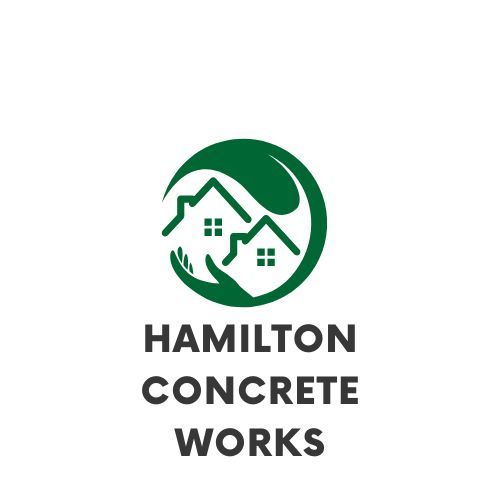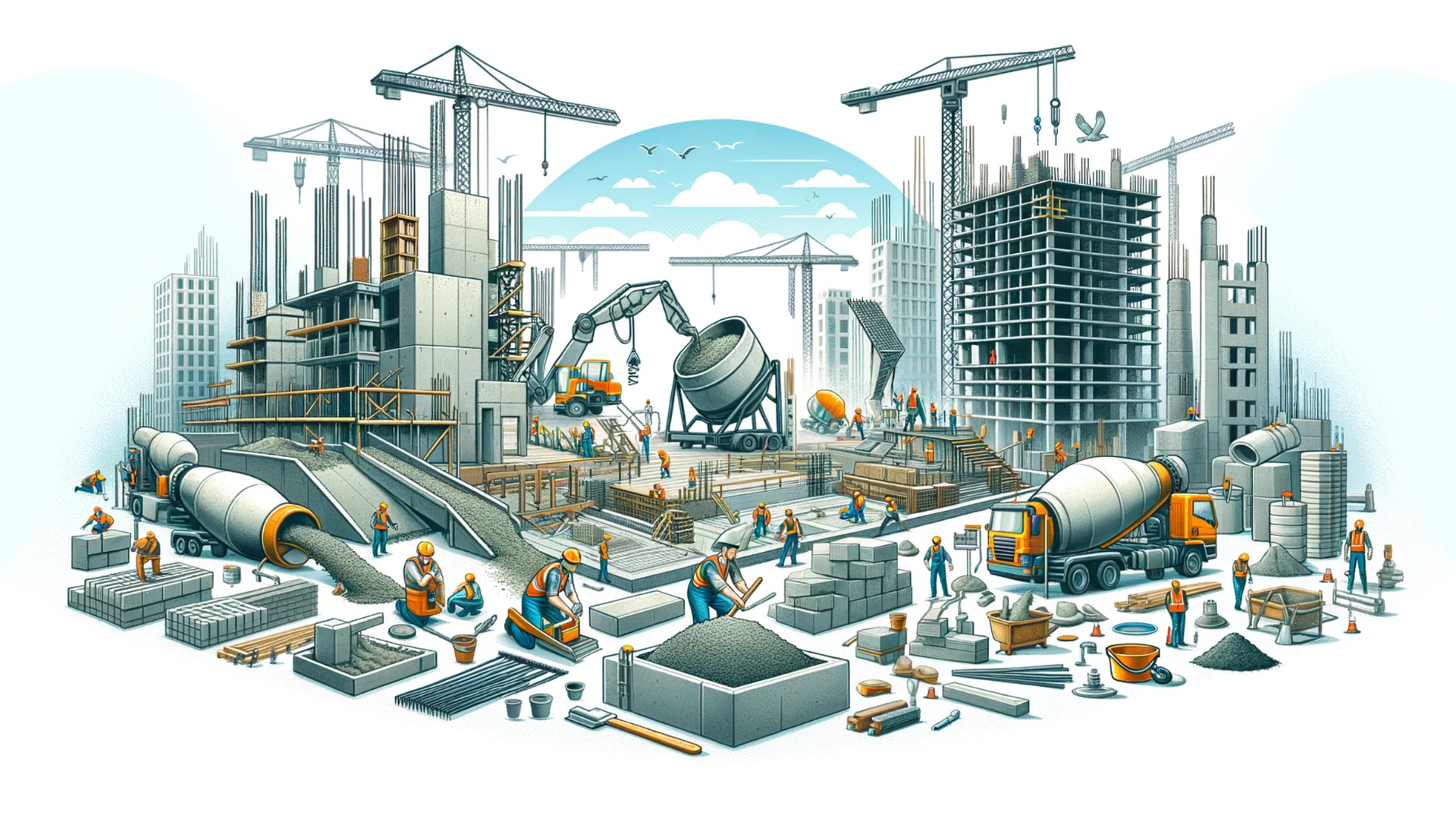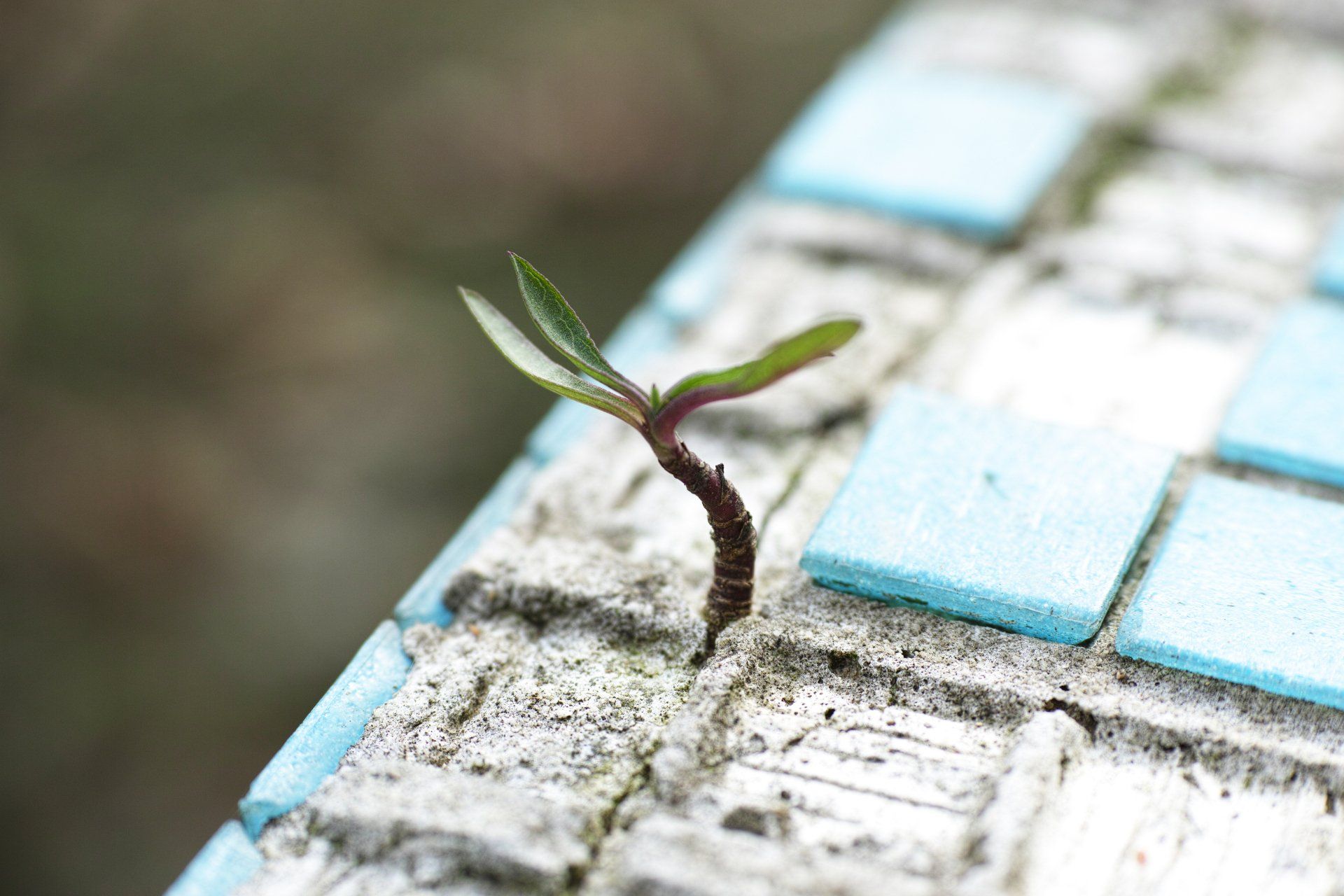Your Ultimate Guide to Concrete and Cement Production
Introduction
Concrete and cement are essential materials in the construction industry, serving as the foundation for buildings, roads, bridges, and various infrastructure projects. Understanding how concrete and cement are made is crucial for anyone involved in construction, engineering, or architecture. In this comprehensive guide, we will delve into the intricate process of concrete and cement production, providing you with valuable insights and knowledge.
The Importance of Concrete and Cement
The Versatility of Concrete
Concrete is an incredibly versatile material that offers numerous benefits in construction projects. Its exceptional strength, durability, and ability to mold into various shapes make it a preferred choice for builders worldwide. Concrete is used for constructing everything from residential buildings to massive skyscrapers, offering a sturdy and long-lasting solution.
The Role of Cement
Cement serves as the binding agent in concrete production. It is a fine powder that, when mixed with water, forms a paste, which then hardens and binds the aggregates together, creating the solid structure we know as concrete. Cement provides the necessary adhesive properties, ensuring the cohesion and strength of the final product.
The Process of Cement Production
Step 1: Quarrying and Extraction
The journey of cement begins with the extraction of raw materials from quarries. Limestone, clay, and other minerals are extracted from the earth's crust through controlled blasting and drilling techniques. These raw materials are then transported to the cement plant for further processing.
Step 2: Raw Material Preparation
Once the raw materials arrive at the cement plant, they undergo a series of preparation steps. The limestone and clay are crushed into a fine powder, ensuring a homogeneous mixture. This process is crucial for achieving the desired chemical composition of the cement.
Step 3: Clinker Production
The powdered raw materials are then heated in a kiln at high temperatures, typically reaching around 1450 degrees Celsius (2642 degrees Fahrenheit). This intense heat causes chemical reactions within the mixture, resulting in the formation of small, marble-sized nodules called clinker.
Step 4: Grinding
The clinker is cooled and ground into a fine powder in a cement mill. Gypsum is added during the grinding process to regulate the setting time of the cement. The finely ground cement particles are stored in silos, ready for the next stage of production.
Step 5: Cement Packaging and Distribution
After the grinding process, the cement is packed into bags or stored in bulk containers for transportation to various construction sites. Proper packaging and storage are essential to maintain the quality of the cement until it is used in construction projects.
The Concrete Production Process
Step 1: Proportioning the Ingredients
Concrete production involves careful proportioning of ingredients to achieve the desired strength and consistency. The main components of concrete are cement, aggregates (such as sand and gravel), water, and often additional admixtures for specific properties.
Step 2: Mixing
The mixing process combines the cement, aggregates, water, and admixtures in a specific ratio to create a homogeneous mixture. This can be done manually or using mechanical mixers, ensuring that all ingredients are evenly distributed.
Step 3: Transportation and Placement
Once the concrete mixture is ready, it is transported to the construction site using specialized vehicles such as concrete trucks. The concrete is then poured or placed into the desired formwork, where it is left to cure and harden.
Step 4: Curing and Strength Development
Curing is a critical phase in concrete production, allowing it to gain strength and durability over time. Proper curing involves maintaining the right temperature and humidity conditions to facilitate hydration and ensure optimal concrete performance.
The Role of Quality Control in Concrete and Cement Production
To ensure the production of high-quality concrete and cement, rigorous quality control measures are implemented at every stage. From the testing of raw materials to the analysis of the final product, quality control plays a crucial role in maintaining consistency and meeting industry standards.
Testing of Raw Materials
Before the raw materials are used in cement production, they undergo extensive testing to assess their chemical composition and physical properties. This helps determine the suitability and quality of the materials, ensuring the production of superior cement.
Quality Control During Production
Throughout the cement production process, quality control tests are conducted to monitor and adjust various parameters. These tests include fineness analysis, setting time determination, compressive strength testing, and chemical analysis, among others.
Testing Concrete Properties
Similarly, concrete undergoes rigorous testing to verify its quality and performance. Tests such as slump tests, compressive strength tests, and durability assessments are conducted to ensure that the concrete meets the required specifications and standards.
Conclusion
Concrete and cement production are intricate processes that involve several stages, each playing a vital role in delivering high-quality construction materials. From quarrying the raw materials to the precise proportioning, mixing, and curing of concrete, every step contributes to the strength and durability of the final product.
Are Ready To Work With HAMILTON CONCRETE WORKS?
Let's get in touch!
Send us a message and we’ll be in touch.
Or give us a call today at 289-204-1632











